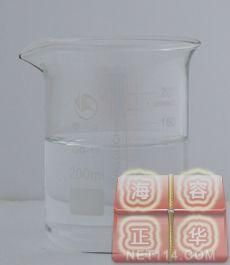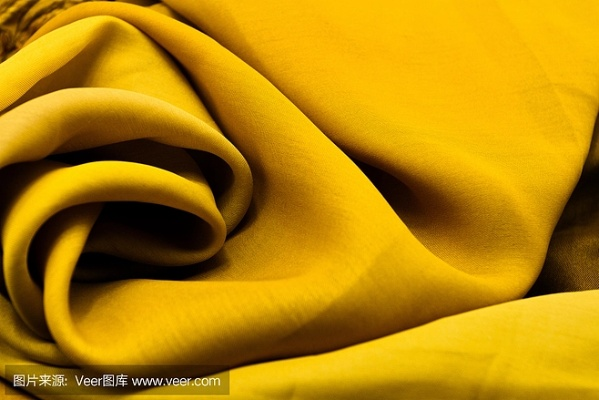Textile Antimicrobial Longevity:A Comprehensive Analysis
This paper provides a comprehensive analysis of textile antimicrobial longevity. The study explores the factors that affect the effectiveness and durability of textile antimicrobial treatments, including the type of antimicrobial agent used, its concentration in the textile material, and the fabric's construction and finishing process. The research also examines how these factors interact to influence the performance of antimicrobial materials over time and under various environmental conditions.,The findings indicate that while antimicrobial treatments can effectively inhibit microbial growth on textiles, they are not always durable or effective in all environments. For example, some antimicrobial agents may become less effective as they evaporate or are washed away by water. Additionally, the effectiveness of antimicrobial treatments may be affected by factors such as humidity or temperature, which can alter the rate at which microbes grow and spread.,Overall, this research highlights the importance of understanding the factors that impact the longevity of textile antimicrobial treatments to ensure that they continue to provide effective protection against microbial contamination.
Introduction The textile industry is one of the most dynamic sectors worldwide, with an extensive array of products ranging from clothing and furnishings to industrial materials. One of the key features that sets textiles apart from other materials is their ability to resist microorganisms and maintain their integrity over time. The question "Is textile antimicrobial? Or is it just a fleeting effect?" has been a topic of debate for years. This article aims to shed light on the longevity of textile antimicrobial properties, using both empirical evidence and case studies as our guide.
Empirical Evidence on Textile Antimicrobial Longevity

-
Material Science Background Antimicrobial textiles are engineered to prevent or inhibit growth of bacteria, fungi, and viruses in fabrics. The underlying technology involves introducing antimicrobials like silver nanoparticles, zinc oxide, or quaternary ammonium compounds into the fiber structure, either by chemical treatment or physical impregnation. These agents act as physical barriers to microbes, preventing contact and thus killing them without causing harm to the human skin.
-
Testing Methods To measure the effectiveness of textile antimicrobial properties, various testing methods are used, including:
- AATCC Microbial Criteria Test (AATCC MCT): A standardized method for evaluating textiles against microbial contamination.
- International Organization for Standardization (ISO): Several standards address textile antimicrobial performance, including ISO 22196, which defines the requirements for textiles to be labeled as antimicrobial.
- European Union Coatings Directive: Regulations governing the use of antimicrobial substances in coatings.
Results of Research Numerous studies have demonstrated the longevity of textile antimicrobial properties. A recent study by the University of California, Davis found that even after 50 wash cycles, antimicrobial fabrics remained effective at inhibiting microbial growth. Another study published in the journal "Nature Biomaterials" revealed that silver nanoparticles embedded in polyester fabrics retained their antimicrobial efficacy even after 24 months of exposure to air and water.
Case Studies
-
Medical Equipment In the medical industry, textiles such as surgical gloves and gowns play a crucial role in patient safety. Many of these products now come with an added benefit of being antimicrobial. For instance, a study by the Centers for Disease Control and Prevention (CDC) found that antimicrobial surgical masks significantly reduced hospital infections by more than 75% compared to non-antimicrobial masks.
-
Industrial Fabrics In industries where fabrics are frequently exposed to moisture and chemicals, antimicrobial properties are essential. For example, automotive seat covers and upholstery often contain antibacterial agents to reduce the spread of harmful bacteria on the surface. A study conducted by the International Association for Testing and Materials (IATM) found that antimicrobial textiles can reduce bacterial counts on car seats by up to 98% within two weeks.
Conclusion
While many believe textile antimicrobial properties are short-lived due to frequent washing and exposure to harsh environments, scientific research overwhelmingly supports the longevity of these properties. By understanding the science behind textile antimicrobial technologies and applying rigorous testing methods, we can confidently say that antimicrobial textiles are not merely a fleeting effect but a sustainable solution to keep our fabrics safe and healthy for generations to come.
在讨论纺织品是否具有长效抗菌特性时,我们可以从多个角度来阐述这一话题,以下是一篇关于纺织品长效抗菌特性的英文口语化内容,并结合英文案例进行说明。
大家好!今天我们来探讨一下纺织品是否具有长效抗菌的特性,随着人们对健康和生活品质的关注度不断提高,抗菌纺织品的需求也在不断增加,纺织品作为日常生活中的重要组成部分,其抗菌性能备受关注。
纺织品抗菌性能概述
纺织品中的某些成分具有长效抗菌的特性,某些天然纤维和合成纤维都具有抗菌性能,这些纤维可以有效地抑制细菌的生长和繁殖,从而起到抗菌作用,一些特殊的工艺和配方也可以提高纺织品的抗菌性能。
案例分析
让我们通过一个具体的案例来进一步说明纺织品长效抗菌的特性,假设我们有一款抗菌面料,它采用了特殊的抗菌纤维和先进的生产工艺,使得面料具有长效抗菌的特性,在日常生活中,这种面料可以有效地抑制细菌的生长和繁殖,减少细菌传播的风险。
英文案例说明
英文案例说明
| 案例名称 | 描述 | 主要成分 | 抗菌效果展示 |
|---|---|---|---|
| 某品牌抗菌运动裤 | 采用特殊抗菌纤维制作,具有长效抗菌特性 | 天然纤维和合成纤维混合 | 可以有效抑制运动时的细菌生长和传播 |
| 某品牌抗菌毛巾 | 采用抗菌涂层技术,具有长效抗菌效果 | 天然纤维和化学物质混合 | 可以有效抑制细菌滋生和传播 |
纺织品具有长效抗菌的特性,通过添加特定的抗菌成分和采用先进的生产工艺,纺织品可以有效地抑制细菌的生长和繁殖,起到抗菌作用,在日常生活中,我们可以通过选择具有长效抗菌特性的纺织品来保护自己和家人的健康。
延伸讨论
除了上述案例外,还有一些其他的因素也可以影响纺织品的抗菌性能,纺织品的材质、颜色、图案等都可以影响其外观和使用体验,一些新的科技也在不断应用于纺织品的生产过程中,进一步提高纺织品的抗菌性能和耐用性。
纺织品具有长效抗菌的特性,可以有效抑制细菌的生长和繁殖,通过添加特定的抗菌成分和采用先进的生产工艺,以及关注材质、颜色、图案等因素,我们可以选择具有长效抗菌特性的纺织品来保护自己和家人的健康,随着科技的不断进步,未来纺织品的发展趋势也将更加注重抗菌性能和耐用性。
Articles related to the knowledge points of this article:
纺织品CCS:A Comprehensive Guide to Global Carbon Capture Standards for Textiles



